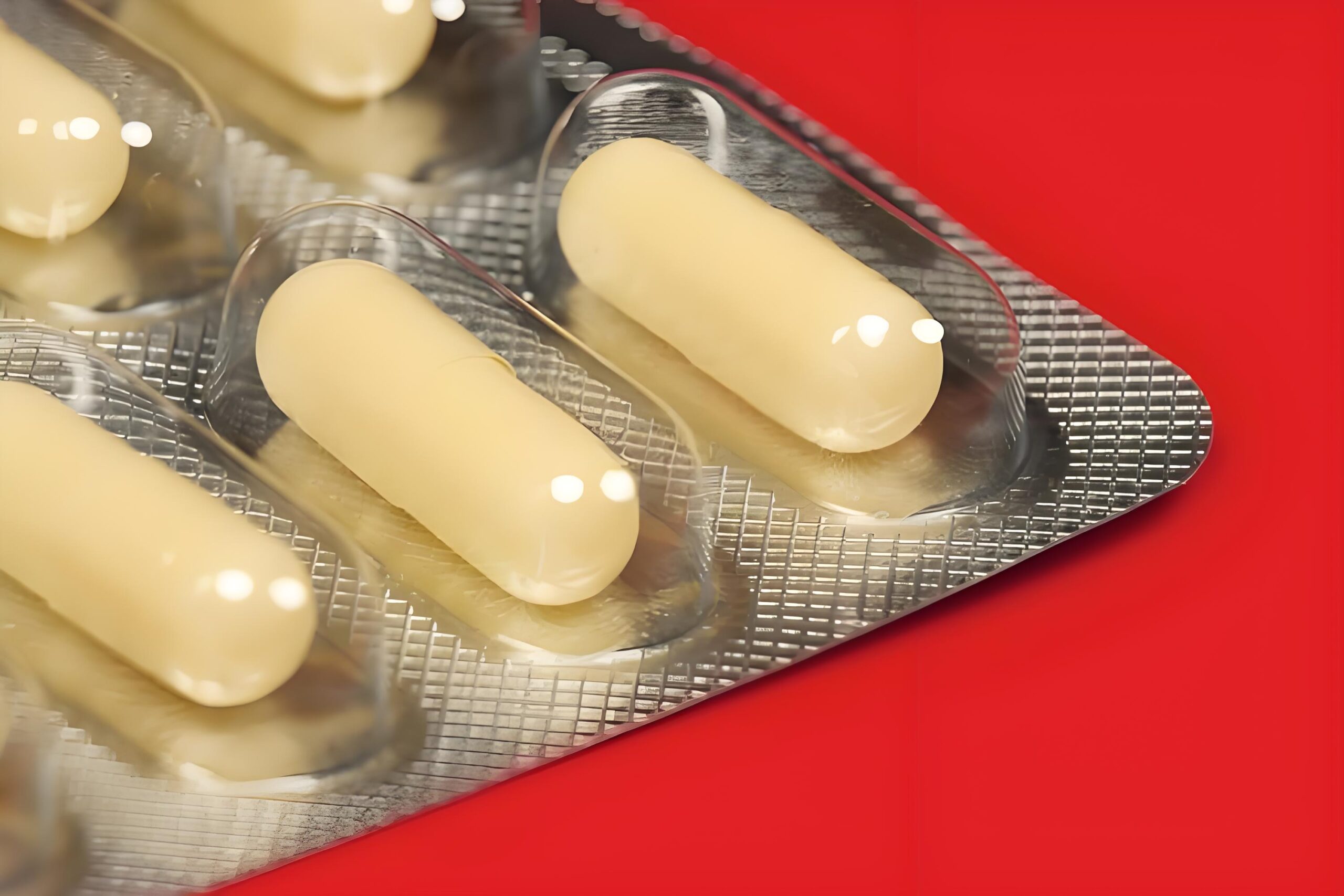категории
- Новости От Haomei (314)
В фармацевтической промышленности, Блистерная упаковка является обычным методом упаковки для медицины(особенно таблетки и капсулы). Его основная функция заключается в защите лекарств от воздействия на окружающую среду (такие как кислород, влажность, легкий, и микроорганизмы) во время облегчения хранения и использования. Блистерная упаковка обычно состоит из двух компонентов: базовый материал (который образует волдырь и держит препарат) и материал крышки (который запечатывает волдырь).

А Типы пакетных материалов блистера и характеристики следующие:
я. Основной материал блистера (материал, образующий полость)
Основной материал должен обладать хорошей формуемостью. (термопластичность) и определенную степень механической прочности., а также обеспечивает различные барьерные свойства (кислород, воды, и свет) в зависимости от требований к стабильности препарата. Общие типы включают:
1. Поливинилхлорид (ПВХ)
– Характеристики: Бюджетный, отличная формуемость (легко растягивается в блистер после нагревания), и высокая прозрачность делают его одним из наиболее часто используемых базовых материалов..
– Ограничения: Плохие барьерные свойства (высокая пропускаемость кислорода и водяного пара), требующие использования с другими материалами или лекарствами с высокой стабильностью.
2. Поливинилиденхлорид (ПВДХ)
– Характеристики: Отличные барьерные свойства (барьер для кислорода, водяной пар, и запахи намного превосходят ПВХ), хорошая химическая стойкость, и исключительная стойкость к влаге и окислению.
– Приложения: Часто ламинируется ПВХ в виде покрытия. (такой как Композитная пленка ПВХ/ПВДХ), он сочетает в себе формуемость ПВХ с высокими барьерными свойствами ПВДХ и используется для фармацевтических препаратов, требующих высокой устойчивости к влаге и окислению. (такие как таблетки и капсулы, склонные к впитыванию влаги).
3. Полиэтилентерефталат (ПЭТ)
– Характеристики: Высокая механическая прочность (устойчивость к ударам и разрывам), хорошая термостойкость (выдерживает высокотемпературную стерилизацию), высокая прозрачность, и барьерные свойства превосходят ПВХ, но немного уступают ПВДХ.
– Приложения: Подходит для применений, требующих более высокой прочности или термостойкости.. Также возможно ламинирование другими материалами. (такие как ПЭТ/ПВДХ) для дальнейшего улучшения барьерных свойств.
4. полипропилен (PP)
– Характеристики: Отличная химическая стойкость, отличная низкотемпературная вязкость, умеренная стоимость, и барьерные свойства аналогичны ПВХ.
– Приложения: Реже используется в качестве самостоятельного субстрата., он чаще используется в композитах с другими материалами. (например, ПП/ПВДХ) или для фармацевтических препаратов, требующих высокой химической стабильности.
5. Холодная штамповка алюминия
– Характеристики: Изготовлен из нескольких слоев алюминиевой фольги. (например, алюминиевая фольга/полиэтилен), его можно штамповать механически без нагрева. Обладает исключительными барьерными свойствами. (полностью блокируя кислород, воды, и свет) и отличная герметизация.
– Приложения: Используется для фармацевтических препаратов, требующих чрезвычайно высокой стабильности. (такие как биологические препараты, высокоактивные препараты, и светочувствительные препараты), но стоимость относительно высокая.
2. Материал крышки блистера (Материал для запечатывания блистера)
Материал крышки блистерной упаковки должен обладать отличной термосвариваемостью. (плотно прилегает к основе), быть легко разорванным (для удобного доступа к пациенту), и обеспечивают вторичную барьерную функцию. Общие типы включают:
1. Фармацевтическая алюминиевая фольга
– Состав: Обычно чистая алюминиевая фольга толщиной 0,02-0,03 мм с обработанной поверхностью. (одна сторона покрыта термоклеем для термосваривания с подложкой; другая сторона покрыта печатным слоем для нанесения информации).
– Характеристики: Отличные барьерные свойства (кислород, воды, и световые барьеры) и хорошая герметизация, что делает его наиболее часто используемым материалом для крышек..
– Приложения: Подходит для использования с такими материалами, как ПВХ., ПВХ / ПВДХ, и ПЭТ, подходит для большинства фармацевтических препаратов.
2. Алюмино-пластиковая композитная пленка
– Состав: Алюминиевая фольга ламинирована полиэтиленовой пленкой. (например, полиэтилен или ПЭТ), сочетание барьерных свойств алюминиевой фольги с гибкостью пластика.
– Характеристики: Лучшая разрываемость, чем у чистой алюминиевой фольги., подходит для применений, требующих более легкого открытия.
3. Бумажно-алюминиевая композитная пленка
– Состав: Композит из алюминиевой фольги и бумаги., с бумагой, обеспечивающей жесткость и пригодность для печати, и алюминиевая фольга, обеспечивающая барьерные свойства.
– Характеристики: Более низкая стоимость, но немного уступает чистой алюминиевой фольге по барьерным свойствам, что делает его менее подходящим для фармацевтических препаратов, требующих высокой стабильности.
Выбор типы блистерных упаковочных материалов следует определять на основе всестороннего рассмотрения требований к стабильности лекарственного средства. (например, влагостойкость, устойчивость к окислению, и легкая защита), расходы, и сценарий применения. ПВХ + Фармацевтическая алюминиевая фольга — наиболее экономичное и универсальное сочетание.. Для фармацевтических препаратов, требующих высоких барьерных свойств, композитная подложка ПВХ/ПВДХ + часто используется алюминиевая фольга. В высокочувствительных фармацевтических препаратах часто используется высокобарьерная комбинация алюминия холодной штамповки. + алюминиевая фольга.